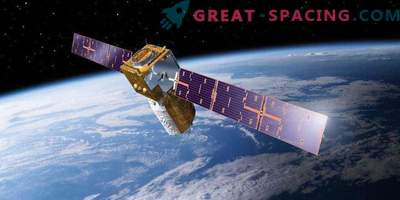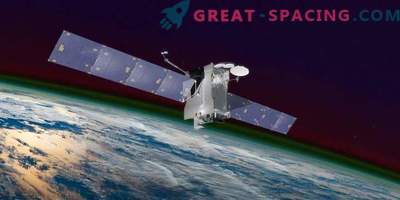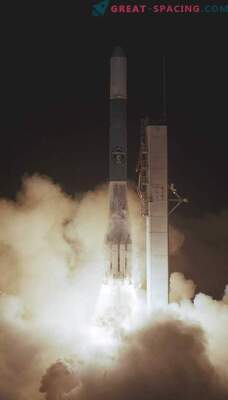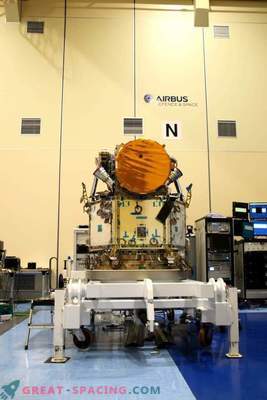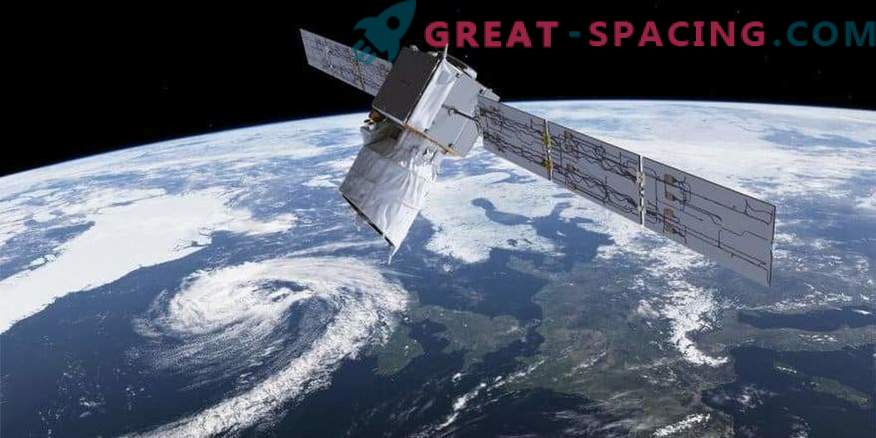
The ESA Aeolus mission will provide timely and accurate profiles of world winds, as well as additional information about aerosols and clouds. The project will improve our understanding of atmospheric dynamics. In addition, it will provide the necessary information to improve weather forecasts and contribute to the study of climate. There is one device on the satellite - the Aladin Doppler lidar. It is designed to sound the lowest 30 km of the atmosphere along the satellite's orbital path.
Every day, the launch of the ESA Aeolus mission to map the terrestrial wind in real time is approaching. On August 21, the satellite should start from the European cosmodrome in Kourou (French Guiana).
Aeolus will carry a sophisticated atmospheric laser Doppler instrument called the Aladin. By combining two powerful lasers, a large telescope and extremely sensitive receivers, the scientists obtained one of the most advanced instruments. The ship has already been tested and recently it made a 12-day transportation across the Atlantic from France to Kourou. For the launch, they plan to use a Vega rocket.
The arrival of Aeolus on the launch pad marks the completion of a 16-year intensive planning, testing and construction. Now the team is looking forward to the launch and the first results of the mission.
Complicated World of Winds
Now one of the biggest problems in making accurate weather forecasts is to collect sufficient information about the earth wind. Aeolus will be the first satellite in the world, which will directly measure winds from space at all altitudes, influencing the improvement of forecasting.
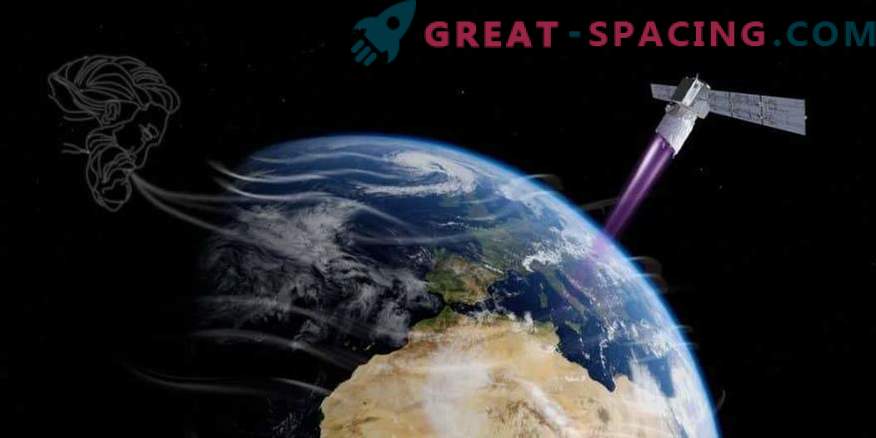
The mission was named after the Greek god responsible for storing the wind. The device will provide the necessary data to improve the quality of weather forecasts and contribute to climate studies
Aeolus will rotate continuously from pole to pole in a sun-synchronous orbit, passing through any given point on the earth's surface, maintaining the same orientation with respect to our star. Also, the device will follow the “dawn / twilight” orbit to study the border of light and shade, day and night.
Imitation of each case
In preparation for the unique mission, scientists spent months to learn how to cope with any possible scenarios in a series of simulations.

Air movement is the general circulation of the atmosphere, transporting heat from equatorial regions to the poles and returning cooler air to the tropics. Atmospheric circulation in each hemisphere consists of three cells: Hadley, Ferrell and polar
As soon as the satellite is in space, it will pass through a critically complex launch stage and early orbit, during which the control system and instruments are gradually switched on and evaluated for functionality. At this dangerous time, the satellite becomes incredibly vulnerable to space factors.

